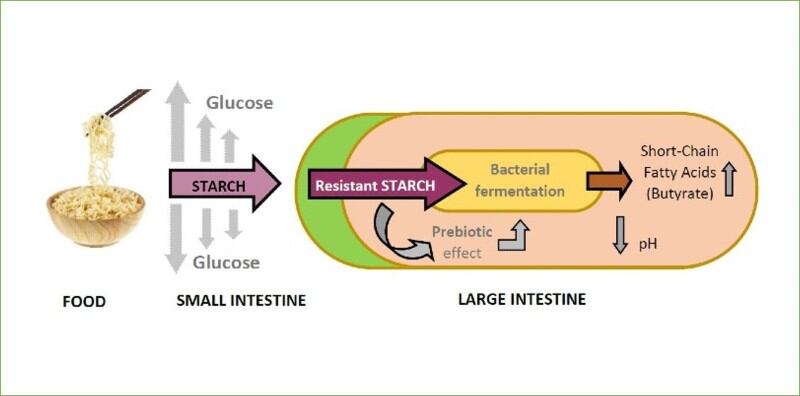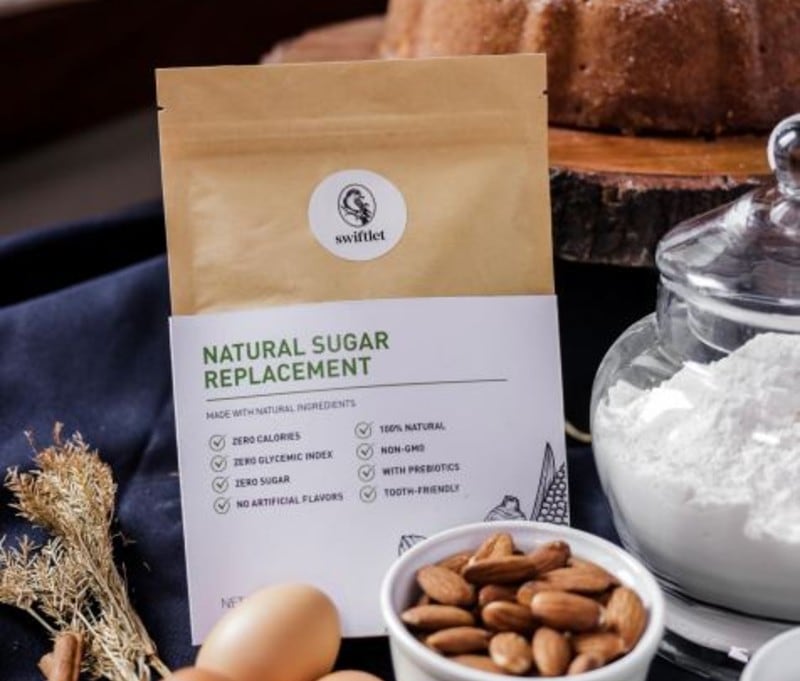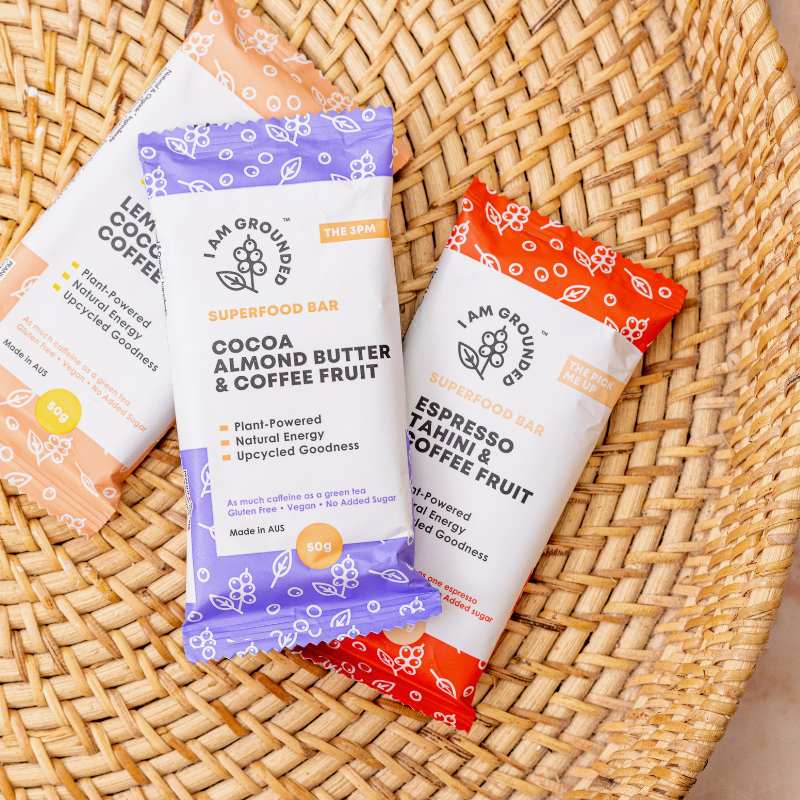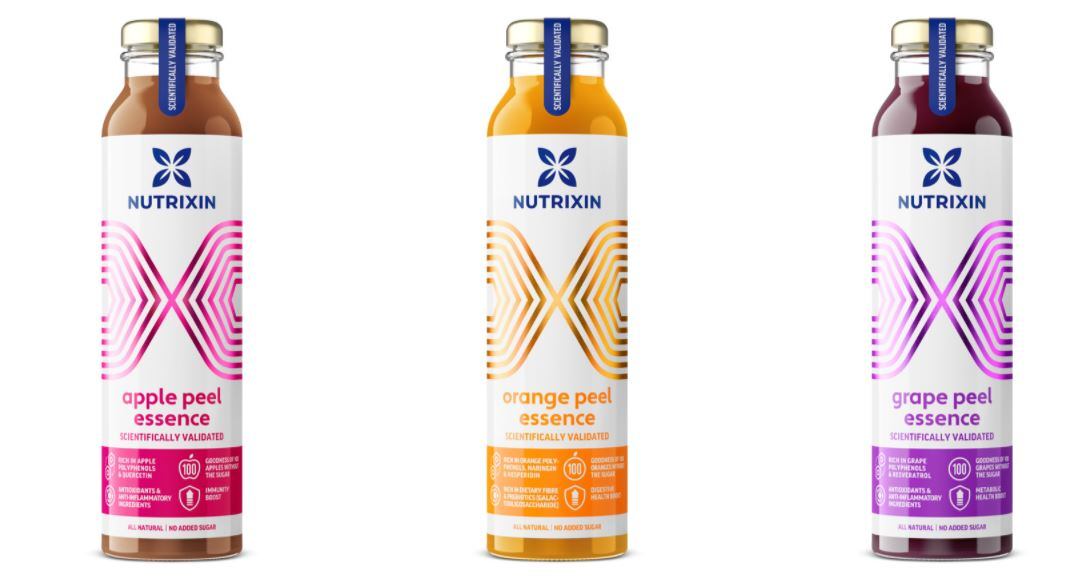Arista is a spin-off from a collaboration between the Australian Commonwealth Scientific and Industrial Research Organisation (CSIRO) and French agricultural cooperative Limagrain. The high-fibre wheat, or high amylose wheat (HAW) as they call it, is the result of over 20 years of joint research since as far back as 1998.
“The main component of wheat is starch, and in starch there are two types of polysaccharides/carbohydrate molecules – amylopectin and amylose. Standard wheat contains about 75% amylopectin and 25% amylose, but in HAW, we have managed to switch this such that it contains over 75% amylose and less than 25% amylopectin,” Arista CEO Eric Vaschalde told FoodNavigator-Asia.
“This is important as amylose behaves differently from amylopectin – it is able to make most of the starch in the wheat become Resistant Starch, which is resistant to digestion in the small intestine, whereas normal starch would be digested.
“The Resistant Starch will then move on to the large bowel, which is where it will be fermented by the microbiota and used as a fermentable fibre for them to feed on and increase production of the short chain fatty acid butyrate, contributing to a healthier colon – this is where the function of it as a prebiotic comes in. (See picture)”
Butyrate is well-researched and known to be particularly important for the gut as it is the main fuel source for cells that make up the gut lining, aids immune system functions in the colon and protects against several gut-related diseases.
Vaschalde added that based on how it works, the high amylose wheat can be viewed as a natural, clean label source, more ‘native’ than common prebiotic sources such as inulin.
“Inulin still requires extraction and processing from, say, chicory, before it can be used as a prebiotic, so it is considered natural but not native,” he said.
“HAW is different as there is no need for any extraction, making it a naturally clean label source of prebiotics, which is both natural and native.”
The first HAW harvest within the Asia Pacific region will be produced by December 2020, and Arista has already entered into a partnership with Japan’s Nisshin Flour Milling to kickoff commercialisation in the region.
“Nisshin will be importing the flour from Australia and milling this to sell in Japan – we’re still studying the brand name to sell this under here, but it will likely be Japanese and Nisshin is our exclusive distributor in the country,” he said.
“The most suitable product applications will of course come down to consumer demand, but I believe Nisshin is already targeting food applications such as bread and ramen.
“In the United States where we are already selling under the HealthSense brand, we have already seen good results with applications such as pizza crusts and white bread where manufacturers are able to make high-fibre health claims by using the high amylose wheat flour, and Mission Foods has also used the flour to make high-fibre flour tortillas.”
Health benefits
The high amylose wheat flour is able to provide some 10 times the fibre of standard flour, so even though making this into bread or noodles or other foods may cause some of this to be lost, there is still a large amount left to convey the benefits.
“The flour itself has 10 times more fibre, and when it is made into bread it still is able to bring three to five times more than other breads even after being exposed to high temperatures, cooking and so on,” Vaschalde said.
“So because it is starting off with such a huge amount, regardless of the processing, there will still be a lot of fibre left for manufacturers to make claims.
“Importantly too, there is no difference in taste and flavour with regular wheat-based products, so if we’re talking white bread for example, manufacturers can offer a good tasting product with higher fibre benefits – and this was something Nisshin was particularly interested in.”
In addition, the high amylose flour has also been found to be lower in GI, with CSIRO studies having shown that consuming bread made from this produces a lower blood glucose response than standard bread, which makes this a potential wheat-based solution for diabetes management.
Vaschalde also stressed that no genetic modification technology has been used in producing the high amylose wheat, and it was all done the traditional painstaking way of crossbreeding.
“It’s why it took 20 years of work to get right – it’s completely non-GMO, just a lot of work put into crossing and crossing the conventional way,” he said.
Following Japan, within the APAC region Arista also has its eye on South Korea and has ongoing discussions with some South Korean millers, though no decisions have been taken yet. Products made from HAW flour are also expected to hit the European market in 2022/2023.





